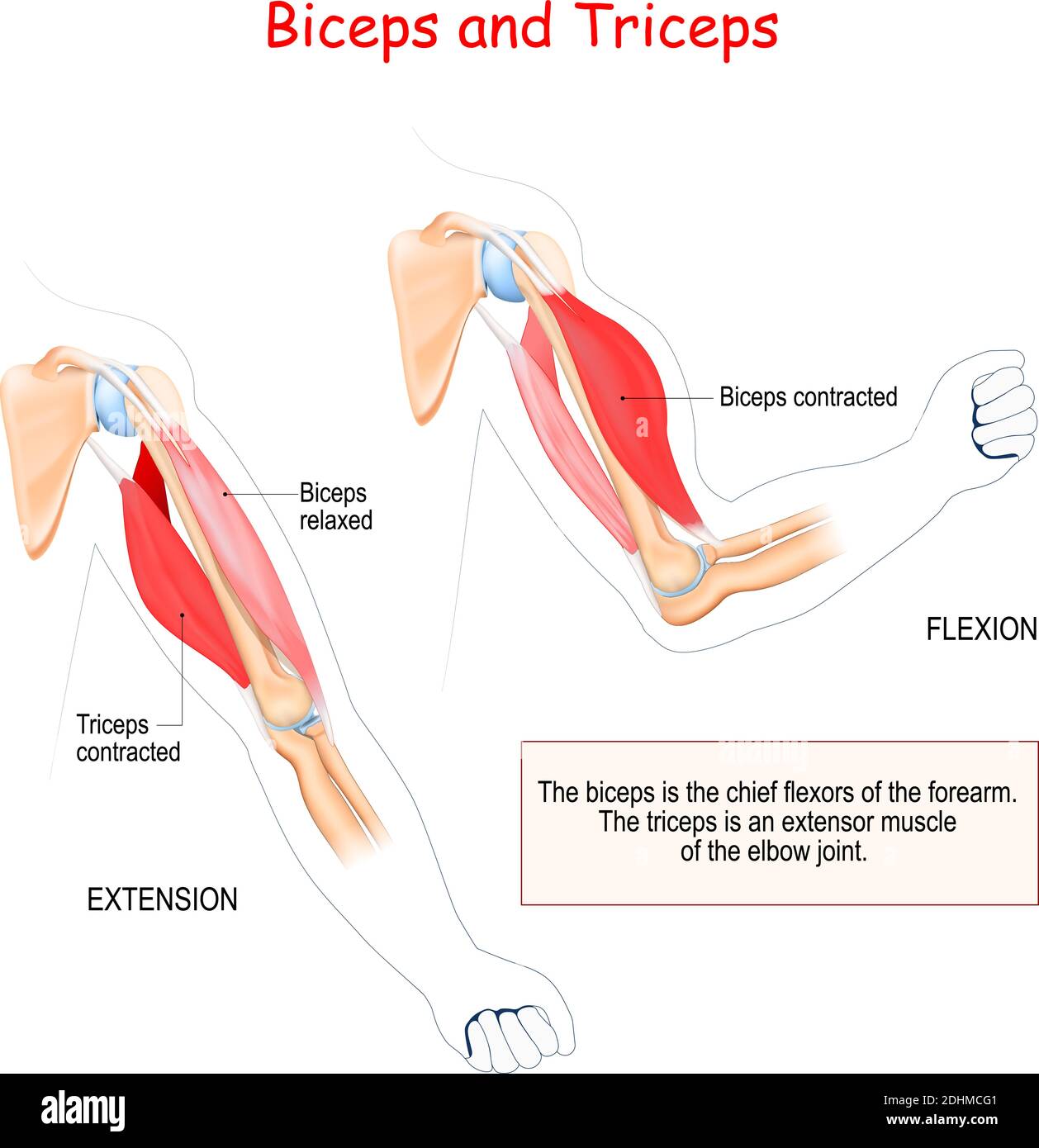
biceps and triceps. Antagonist muscles. The biceps is the chief flexors
The extensor carpi ulnaris muscle is an elongated fusiform muscle located in the posterior compartment of the forearm and primarily functions to extend and adduct the wrist. It spans between the elbow and the base of the little finger. The extensor carpi ulnaris muscle belongs to the superficial group of extensors of the forearm along with brachioradialis, anconeus, extensor carpi radialis.

Hand Anatomy Concise Medical Knowledge
Definition. Tenosynovitis of the hand and wrist are a group of entities with a common pathology involving the extrinsic tendons of the hand and wrist and their corresponding retinacular sheaths. They usually start as tendon irritation manifesting as pain, and can progress to catching and locking when tendon gliding fails.
:background_color(FFFFFF):format(jpeg)/images/library/12820/forearm-extensor-muscles_english.jpg)
Learn forearm extensor muscle anatomy with quizzes Kenhub
Extensor tendinitis can be caused by anything that makes you use your hands or feet in a repetitive motion. Over time, the normal wear and strain builds up on your extensor tendons and causes irritation. That irritation makes your tendons swell (become inflamed). That inflammation is what causes pain and makes it hard for your tendons to move.

Difference Between Flexor and Extensor Muscles Compare the Difference
The single-tendoned muscles, such as the extensor indicis (EI), extensor digiti minimi (EDM), and flexor pollicis longus (FPL), also activate or assist in the extension or flexion of specific fingers. When the electrode was moved to the next adjacent grid point from one point (e.g., from p1 to p2), there was partial overlap in the coverage.
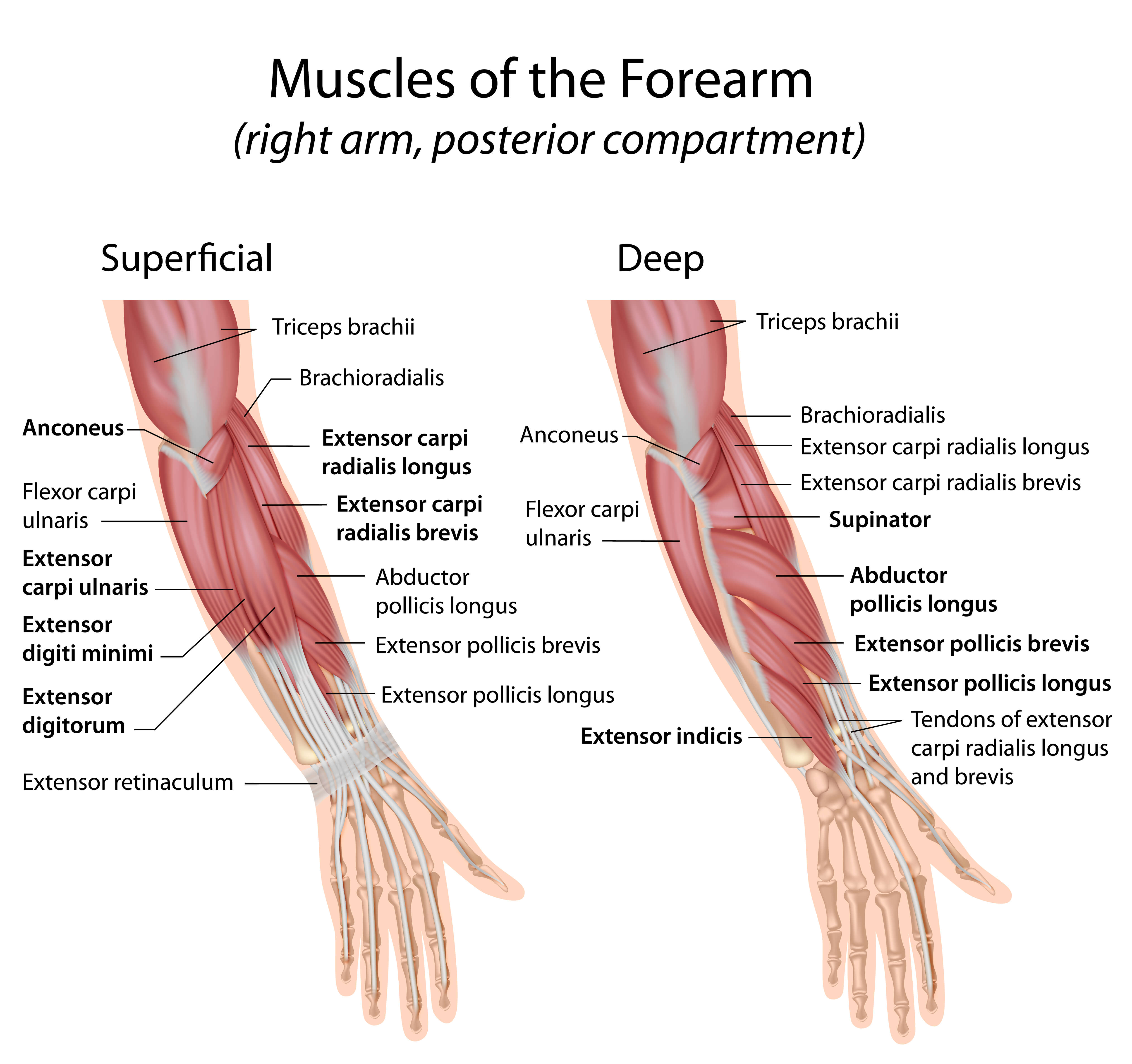
Musculus extensor carpi ulnaris sportbachelor
Extensor surfaces overlay extensor muscles, which cause a joint to open and extend. Flexor surfaces, also called flexural surfaces, overlay flexor muscles. The flexor muscles decrease the angle between bones on the side of the joint, such as bending the knee. Directed by a flexor muscle, the flexor surfaces are where folded skin can touch.

Wrist Flexors Muscles Wrist Flexor Tendon Anatomy Anatomy Human Body
The wrist extensor muscles comprise a significant component of the posterior forearm musculature. These muscles generally originate on or near the lateral epicondyle and insert on the distal forearm or in the hand. Clinical pathology affecting one or multiple muscles in this group is not uncommon. For example, lateral epicondylitis affects 1-5% of the general population.[1][2]

Notes on Anatomy and Physiology One Big Tendon
The crossed extensor reflex is a withdrawal reflex. The reflex occurs when the flexors in the withdrawing limb contract and the extensors relax, while in the other limb, the opposite occurs. An example of this is when a person steps on a nail, the leg that is stepping on the nail pulls away, while the other leg takes the weight of the whole body.

Flexor and Extensor Tendons in the Finger TrialExhibits Inc.
The extensor tendon over the hand, wrist, and distal forearm is amenable to core sutures, similar to flexor tendon repairs, whereas the extensor tendon distal to the metacarpophalangeal (MCP) joint is often surprisingly thin.. (E) Passive flexion following extensor tenolysis and PIP dorsal capsulotomy. (A-C,.

Anatomy lesson forearm wrist musculature Artofit
Extending from the wrist to the elbow joint is the region of the upper extremity called the forearm (antebrachium). The forearm helps the shoulder and the arm in force application and the precise placement of the hand in space, with the help of the elbow and radioulnar joints.. This article is a guide to help you master the anatomy of the forearm and the elbow joint, using the beautiful.
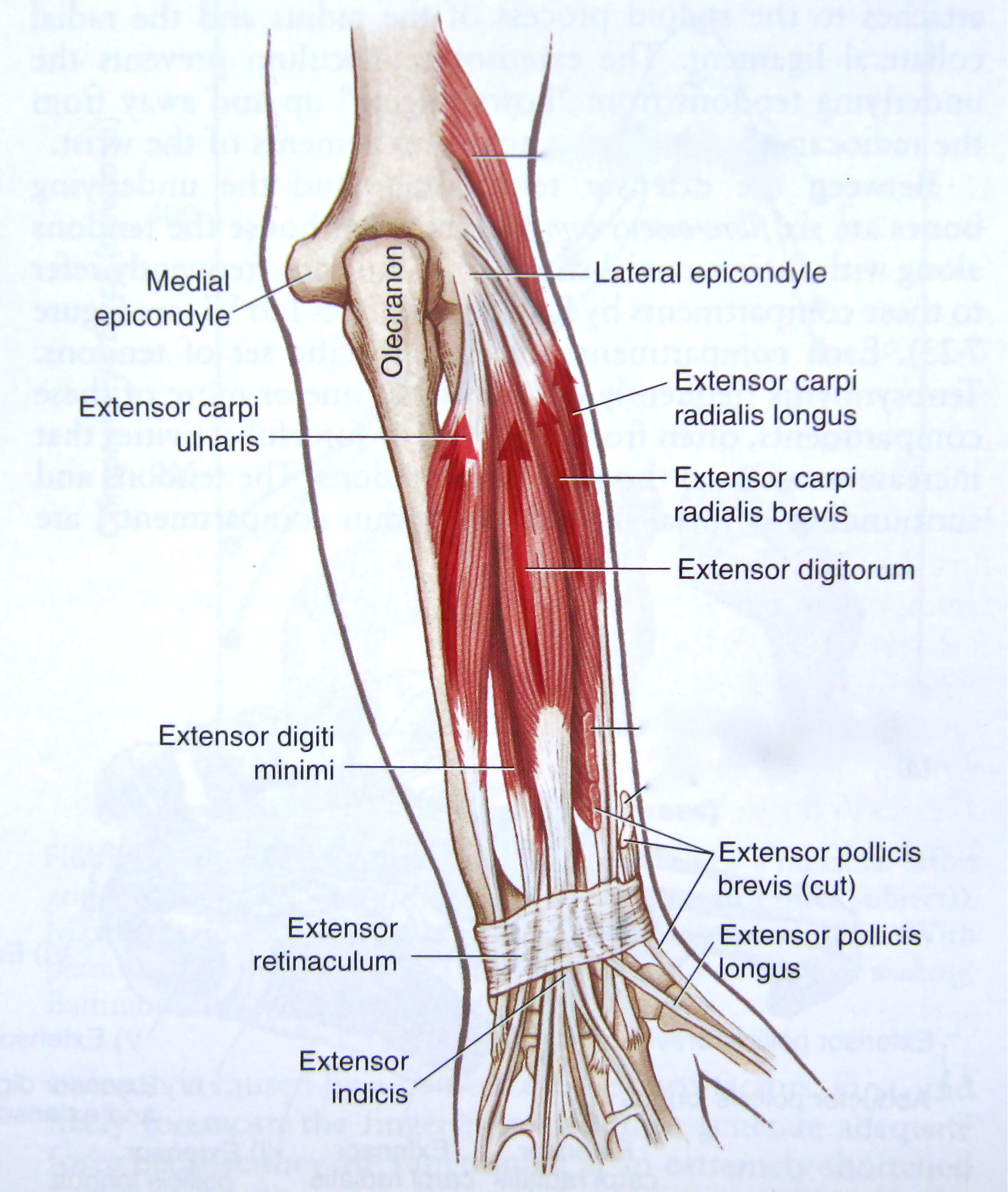
Notes on Anatomy and Physiology One Big Tendon
There are many ways to repair a cut tendon, and certain types of cuts need a specific type of surgical tendon repair. Our hand surgeons at Emory will discuss the best treatment option for your specific flexor tendon injury. If you have questions, or to make an appointment, call: 404-778-3350.

Explain the Difference Between a Flexor and Extensor Muscle
extensor muscle, any of the muscles that increase the angle between members of a limb, as by straightening the elbow or knee or bending the wrist or spine backward. The movement is usually directed backward, with the notable exception of the knee joint. In humans, certain muscles of the hand and foot are named for this function. In the hand these include the extensor carpi radialis brevis.

Flexors & Extensors of the Hand
Skeletal muscles are found on the bone, interact with bones for movement and are voluntarily controlled. When performing a workout, we activate the body's skeletal muscle groups to create movement and burn calories. Flexors and extensors are at the core of this. Together, they bend and straighten the body's joints to create motion and activate.
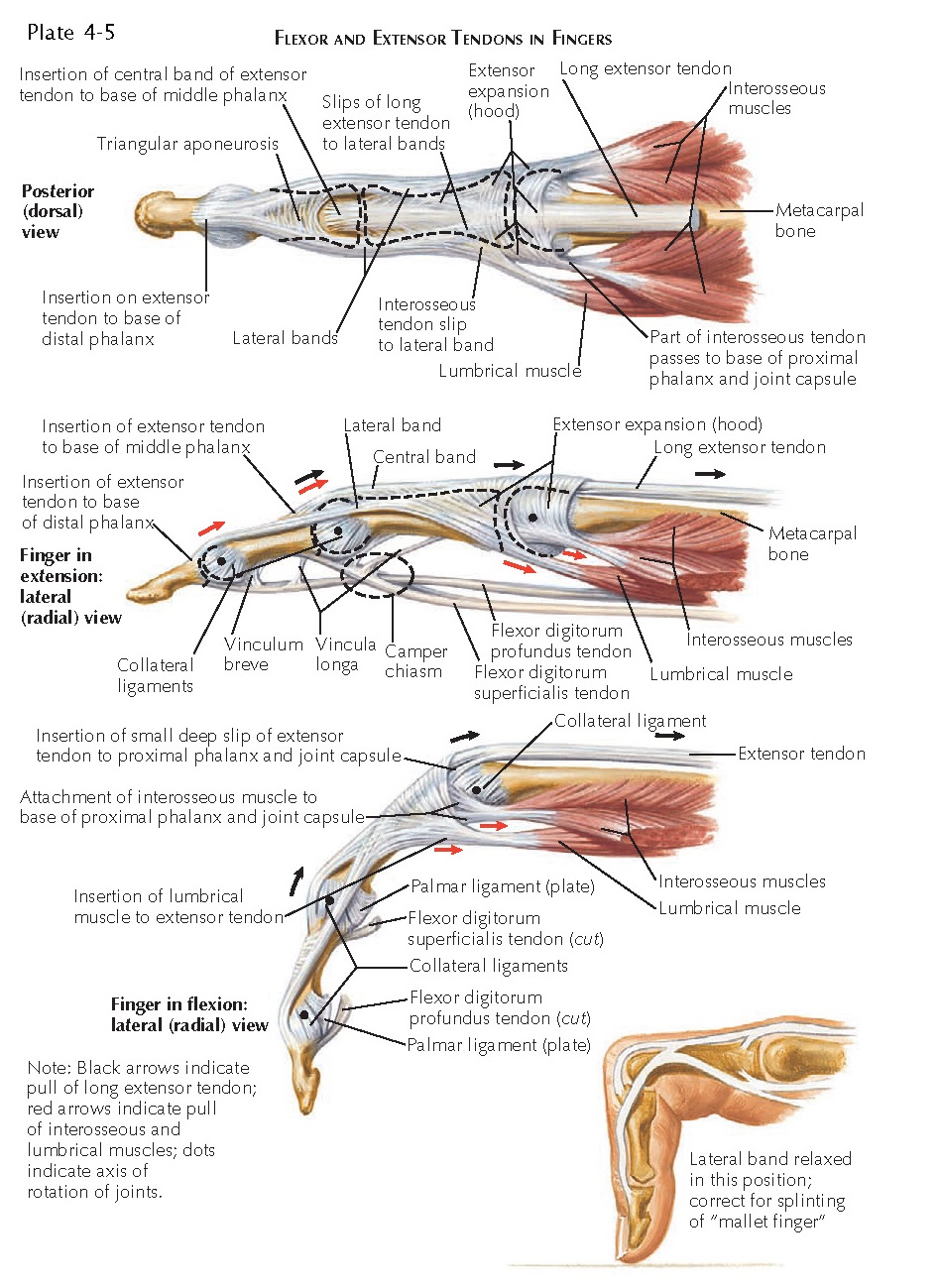
FLEXOR AND EXTENSOR TENDONS OF THE HAND pediagenosis
The extensor tendon compartments of the wrist are six tunnels which transmit the long extensor tendons from the forearm into the hand. They are located on the posterior aspect of the wrist. Each tunnel is lined internally by a synovial sheath and separated from one another by fibrous septa.. In this article, we shall look at the anatomy of the extensor compartments of the wrist - their.
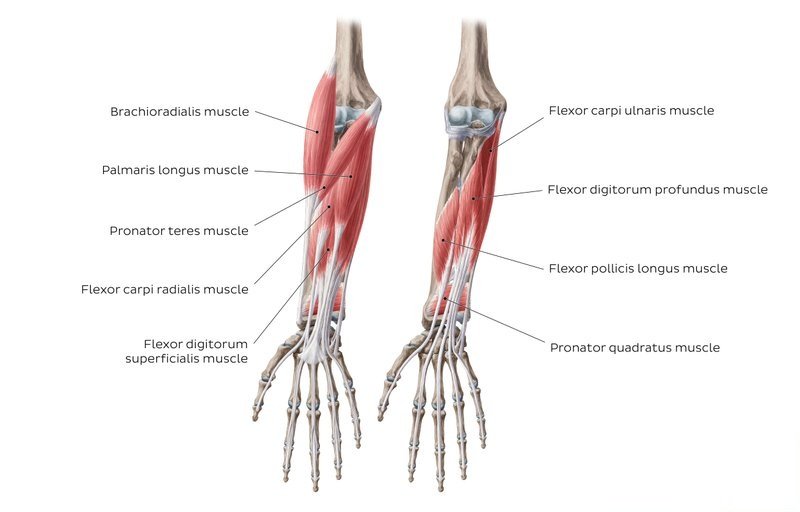
Flexors of forearm, Forearm muscles, structure, function & anatomy
Tendons. Tendons are fibrous cords, similar to a rope, and are made of collagen. They have blood vessels and cells to maintain tendon health and repair injured tendon. Tendons are attached to muscles and to bone. As the muscle contracts it pulls on the tendon and the tendon moves the bone to which it is attached as well as any joints it crosses.
Body Anatomy Upper Extremity Tendons The Hand Society
Extensor muscles help in straightening or extending whereas flexor muscles help in bending our elbows, knees and fingers. Flexor and extensor muscles initiate flexion and extension in our body respectively. Read this article to find out a detailed explanation of the muscles and also important differences between them.

Flexor and Extensor Tendons in Fingers Anatomy Insertion of central
Chapter 48 Extensor and Flexor Tendon Injuries in the Hand, Wrist, and Foot Peter E. Sokolove and David K. Barnes Extensor Tendons Extensor tendons are quite superficial, covered only by skin and a thin layer of fascia, and are thus highly susceptible to injury by commonly experienced trauma. Such injuries may result from lacerations, bites,…